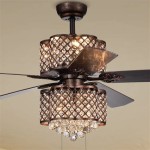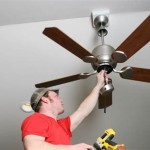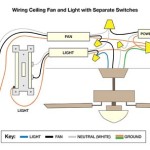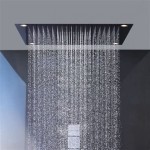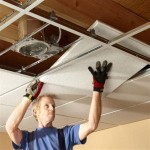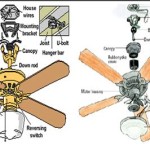Kitchen ceiling exhaust fans are essential for maintaining a safe and healthy cooking environment in your kitchen. Not only do they help keep the air in your kitchen fresh and free from cooking odors, but they also help reduce the risk of fire by removing grease-laden vapors from the air. In this article, we’ll discuss the benefits of installing a kitchen ceiling exhaust fan, the types of fans available, and the steps you need to take to ensure proper installation.
The Benefits of Installing a Kitchen Ceiling Exhaust Fan
Installing a kitchen ceiling exhaust fan can have numerous benefits. It can help reduce the risk of fire by removing grease-laden vapors from the air. It can also help reduce cooking odors, as well as smoke and steam, keeping the air in your kitchen fresh. Additionally, it can help reduce the accumulation of dust, pollen, pet hair, and other airborne particles that can cause allergies and other respiratory issues. Finally, a kitchen ceiling exhaust fan can help reduce humidity levels in the kitchen, making it a more comfortable cooking environment.
Types of Kitchen Ceiling Exhaust Fans
When it comes to kitchen ceiling exhaust fans, there are several types to choose from. Traditional ceiling exhaust fans are the most common type. These fans typically feature a round or rectangular shape and are designed to fit into a standard ceiling opening. Wall-mounted exhaust fans are another option, and they generally offer a higher level of airflow than traditional ceiling fans. Additionally, there are inline exhaust fans, which are designed to fit in-between two ducts and provide a higher level of airflow than wall-mounted fans. Finally, there are quiet exhaust fans, which are designed to minimize noise levels.
Steps to Take for Proper Installation
Proper installation of your kitchen ceiling exhaust fan is critical for ensuring it works correctly. The first step is to determine the best location for the fan. This should be based on the size of the kitchen and the type of fan being installed. Once the location is determined, the fan should be mounted securely. Then, the wiring and duct work must be connected correctly. Finally, the fan should be tested to ensure it is operating properly.
Conclusion
Kitchen ceiling exhaust fans are essential for maintaining a safe and healthy cooking environment in your kitchen. There are several types of fans available, and the steps for proper installation should be followed carefully. If you have any questions, it is best to consult a professional for assistance. With the right fan and proper installation, you can enjoy a fresh and odor-free kitchen for years to come.













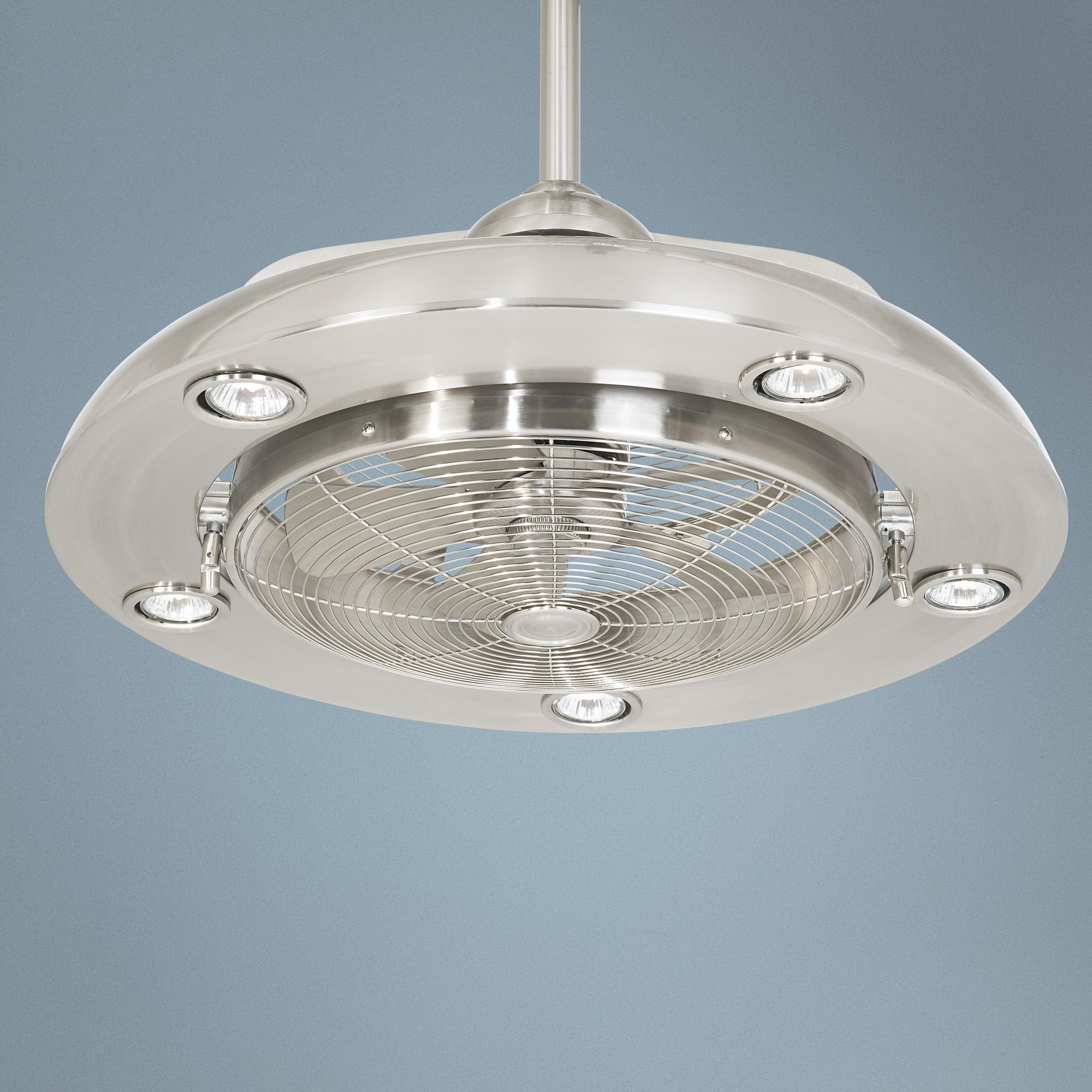

Related Posts

